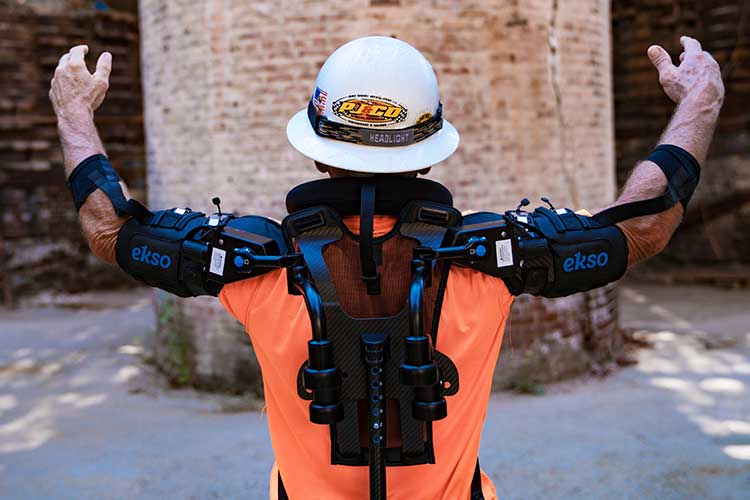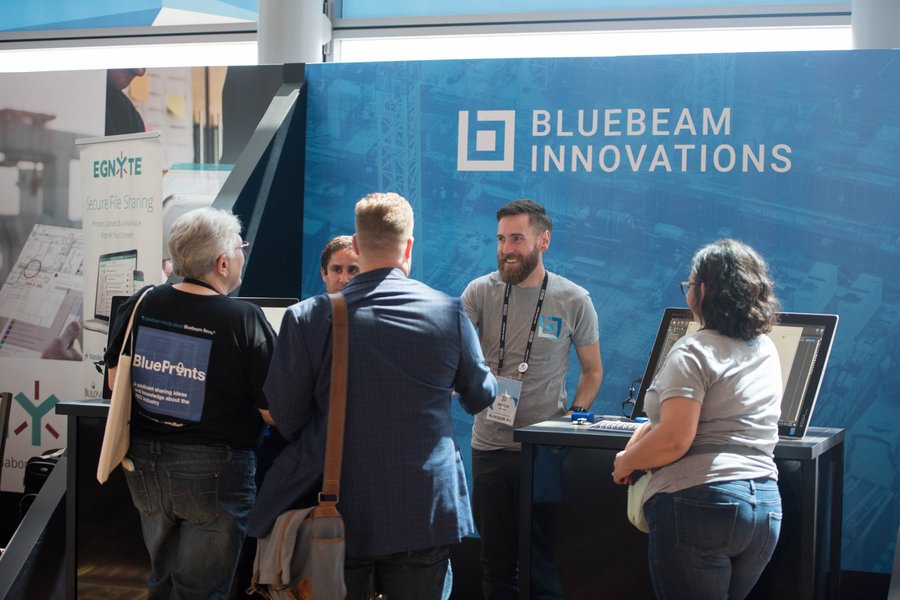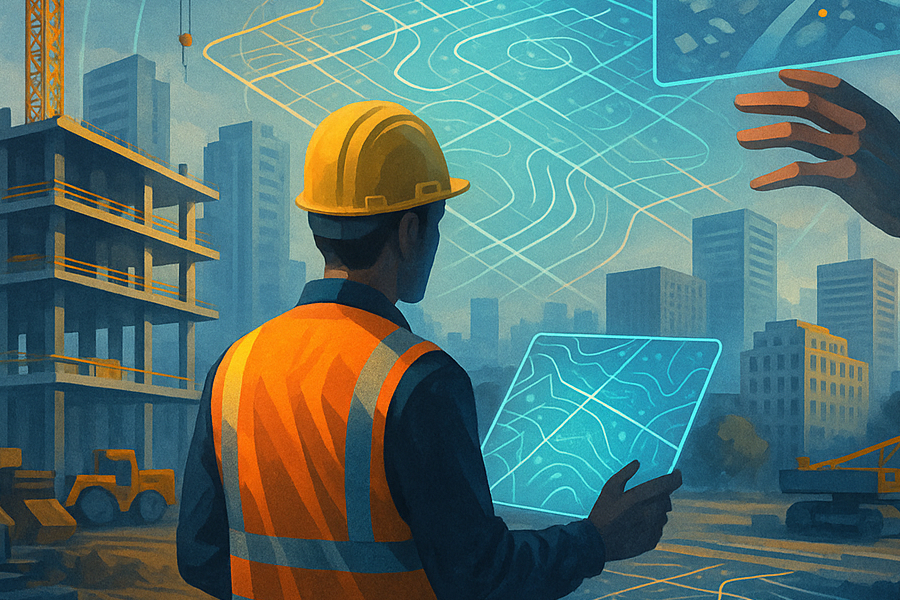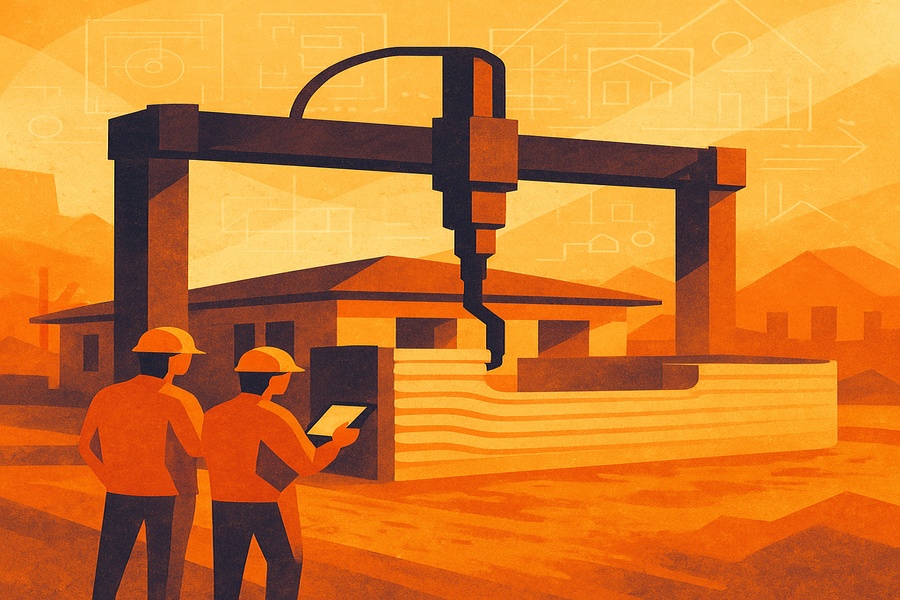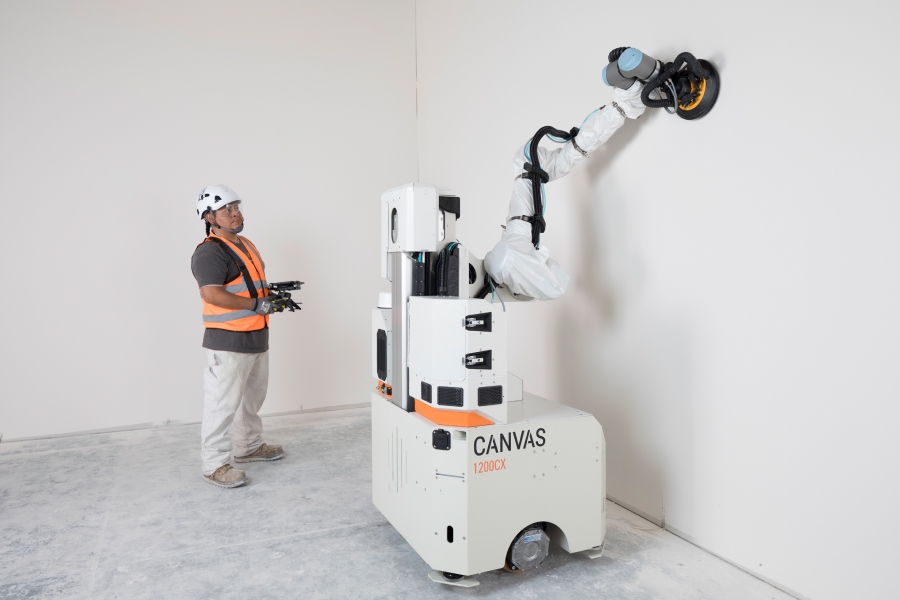Construction is largely the result of human beings building physical objects—in other words, putting objects together, often against their natural inclination to fall apart.
Objects, however, have mass. Moving mass takes energy. And spending energy requires work. Work is hard—so hard that not all work in construction can be done by humans alone. As a result, humans have over time come up with ingenious ways of offloading and minimizing such work with levers, springs, gears, electricity, pneumatics, hydraulics and combustion engines, among other things.
The common thread with these technologies is that they take humans almost entirely out of the equation. But what about the small, repetitive construction tasks that still need to be done by humans?
Enter exoskeletons, machines designed to help human workers do less work with their own bodies. Despite the futuristic images they conjure, the exoskeletons of 2020 are much less about augmenting human strength and more about making life a little easier on workers’ bodies, in turn preventing injury, fatigue and other ailments that get in the way of construction productivity.
There are bunch of companies with cybernetic skin in the exoskeleton game: US Bionics Inc., Bionik Laboratories, Ekso Bionics, REX Bionics, among others. Moreover, multiple automotive manufacturers—Honda, Hyundai and Toyota, to name a few—have also entered the market and are making proprietary exoskeletons for their factory workers.

Exoskeletons can be powered using batteries or other fuels, or they can be unpowered, relying only on elasticity and other mechanical advantages. Exoskeletons can help workers lift heavy objects, squat for long periods and keep their hands raised over their heads for tasks like painting a ceiling or installing light fixtures.
Barton Malow
General contractor Barton Malow has recently purchased several exoskeletons from the SuitX line made by US Bionics Inc. The SuitX system are modular and include different designs for lifting (BackX), squatting (LegX) and overhead work (ShoulderX).
According to SuitX, a core tenant of its product design is to make the suits comfortable to wear and make sure they don’t impede workers to carry out ordinary tasks that don’t require the exoskeleton. If these systems make it uncomfortable to walk down stairs, climb a ladder or drive a vehicle, for instance, they’re never going to gain widespread adoption.
So far, Steffanie Schrader, Barton Malow’s senior VDC engineer, said she’s impressed with the suits. “Now, after wearing them for a few hours, I can tell you that if I had to do overhead work or if I had to do squatting-type work, I would want to be wearing one,” Schrader said. “They absolutely do what they advertise.”

However, Schrader also said the adaptation of the technology has been met with some resistance among workers. Exoskeletons are new and somewhat strange-looking, and wearing one constitutes an implied need for assistance. For workers who’ve been squatting and lifting without the help of mechanical assistance their entire careers, the suits might create the perception of laziness.
Karl Zelik, a biomedical engineer at Vanderbilt University, said many people ask him if relying on the suits will make workers weaker in the long run. But Zelik said the research actually points to the opposite: By providing mechanical assistance, exoskeletons actually prevent overuse and overtraining-type injuries, leaving workers no weaker and sometimes even improving their strength.
Helping rehabilitation
Indeed, another area where exoskeletons are seeing widespread adoption is in rehabilitation hospitals. For patients recovering from injuries—especially strokes—mechanical assistance can help regenerate musculature and help people relearn to walk.
As Barton Malow continues to look for new areas to deploy exoskeletons, Schrader said she thinks the best way to convince people of the value of exoskeletons is just to have them try one out for themselves.
“I just hope the trades will open their heart to it,” Schrader said. “Just give it a try.” Indeed, nobody should be looked down on for using a tool that makes their work easier—nobody, for instance, gets mocked for using a backhoe instead of a shovel.
Exoskeletons can reduce injuries and fatigue, letting workers enjoy longer, healthier careers, while making work a little bit less, well, work.

